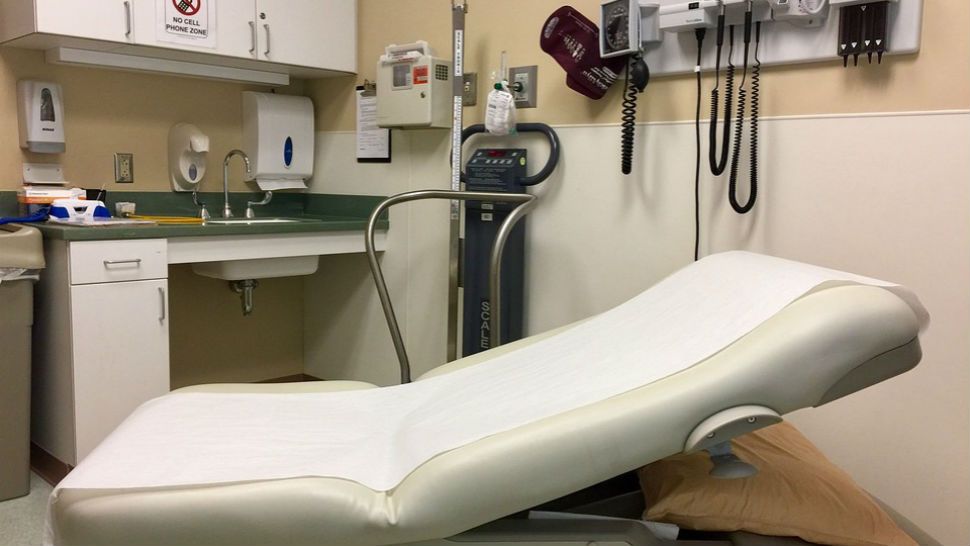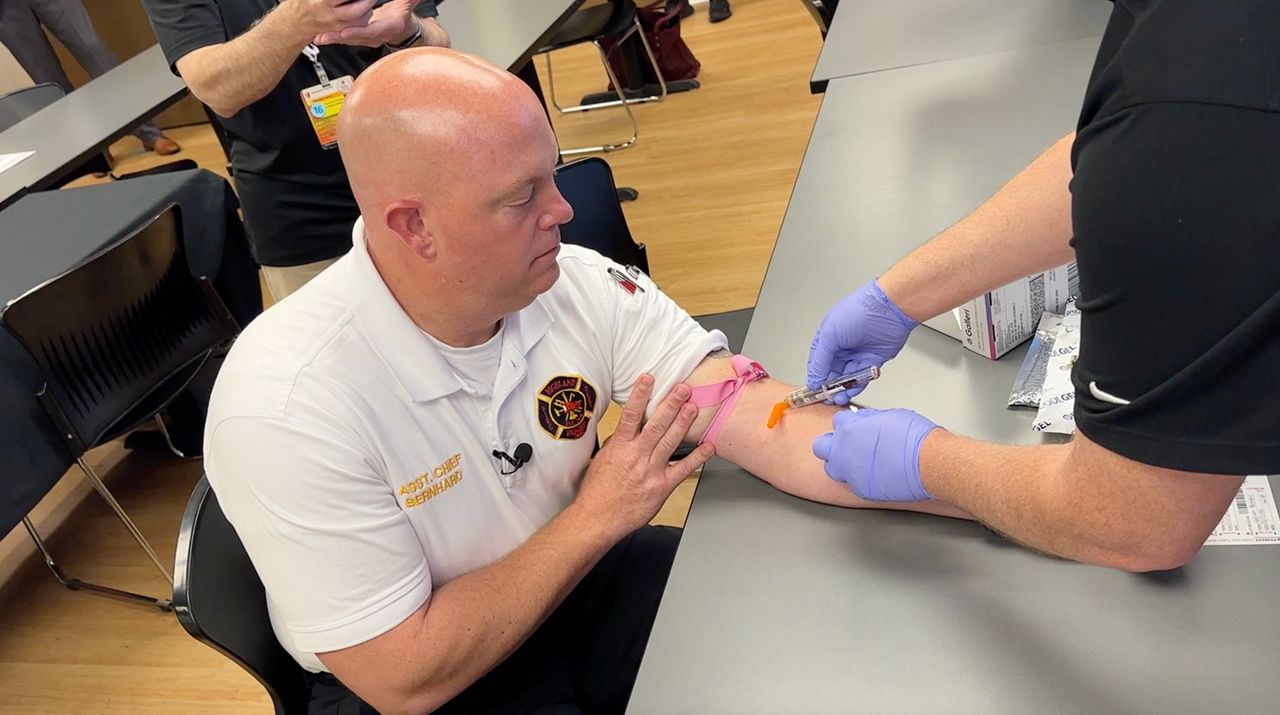CLEVELAND — A recent survey shows Cleveland is falling behind the state and the U.S. when it comes to general health.
The Cleveland Department of Public Health, in partnership with Case Western Reserve University's Department of Prevention Research, conducted the survey, which gathered data on several key health demographics, including:
- Demographic Characteristics
- General Health Status
- Chronic Health Conditions
- Cancer Screening
- Mental Health
- Social Determinants of Health
- Racial & Ethnic Discrimination
- Neighborhood Safety & Violence
- Tobacco & Nicotine Product Use
- Alcohol & Other Drug Use
In total, 1,497 adults participated in the survey. To ensure accuracy, prevalence estimates and 95% confidence intervals were calculated. In comparison, data was pulled from the CDC’s Behavioral Risk Factor Surveillance System, the Ohio Department of Health and the 2023 National Survey on Drug Use and Health, which is handled by the Substance Abuse and Mental Health Services Administration.
According to the survey, a majority of Clevelanders reported their health as good or better while at least 20% reported either having more than 14 days of poor physical health for the previous month before responding, or having poor mental health with similar time constraints.
The survey specified for four categories when seeking responses on a “General Health Status,” rating good or better; “Physical Health,” including physical illness and injury; “Mental Health,” including stress, depression and problems with emotions; and finally “Health Impacted” which is where poor physical, or mental, health affected activities such as self-care, work or recreation.
Through the survey, it can also be seen how infrequently residents meet with their doctors, for general health or for check-ups such as dentist visits or eye exams.
The department said some key findings from the survey were that Cleveland residents faced unmet basic needs, such as food, housing and transportation compared to the Ohio and national data.
Through the survey, residents said they were 50% more likely to forgo necessary medical care because of the cost, despite having a comparable rate of insurance coverage.
“This survey serves as a valuable resource for policy makers, health care providers, and community organizations to identify key health concerns and disparities in Cleveland,” said Dr. David Margolius, Director of the Cleveland Department of Public Health. “By leveraging these insights, we can develop targeted interventions to improve health outcomes and address critical issues such as mental health, chronic diseases and true determinants of health.”
The two partners based the localized survey off the Centers for Disease Control and Prevention’s (CDC) national Behavioral Risk Factor Surveillance System.
The national survey gathers data from 400,000 people each year via telephone; however, the Cleveland Health Survey used a modified approach that allowed participants to respond via telephone and online. They used an address-based sampling method to reach out across the community, mailing random households invitations to participate between Nov. 21, 2024 and Jan. 21, 2025.
For full details on the methodology and to view the survey findings, click here.





